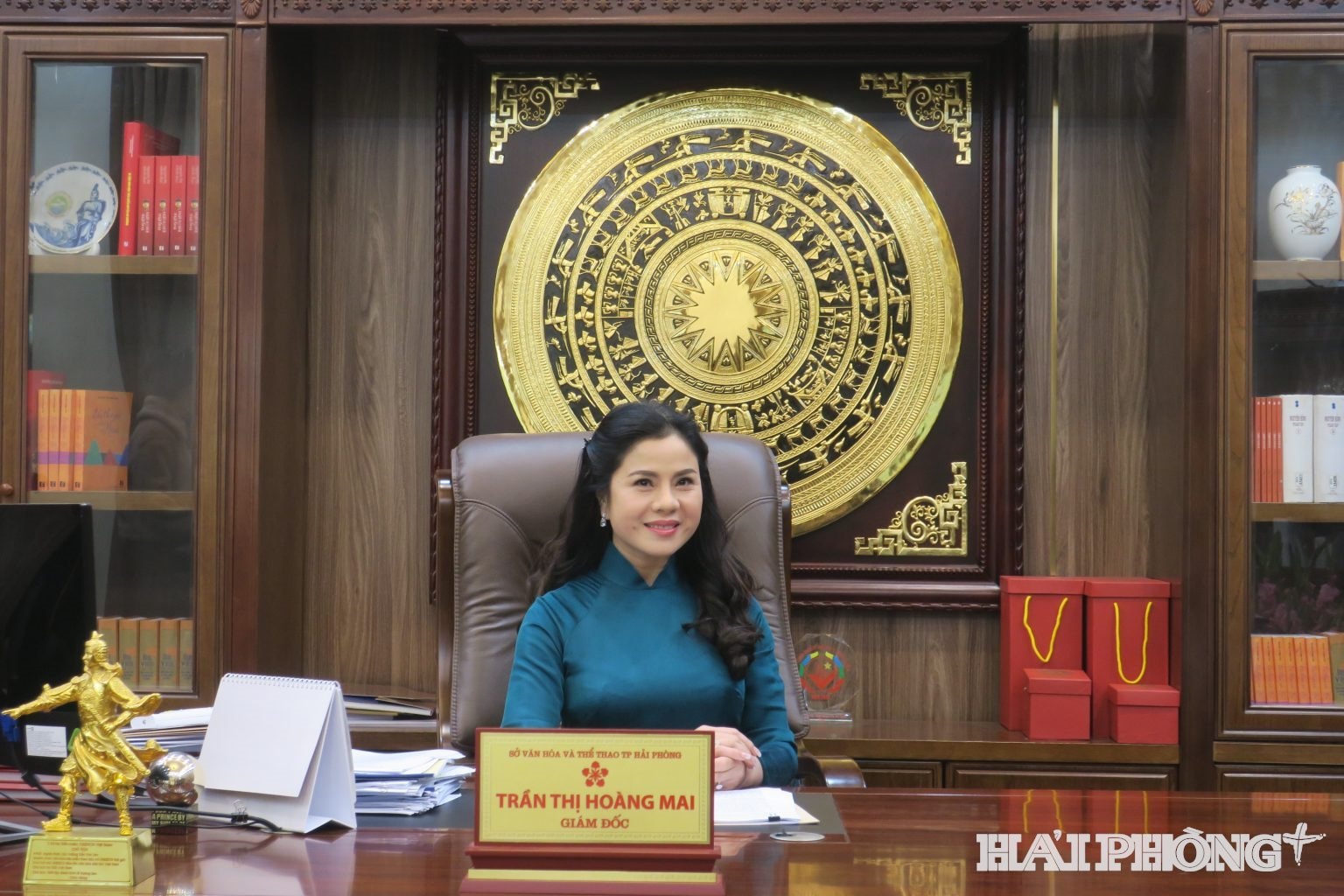
- From July 1, 2025, the new Hai Phong city will be established on the basis of merging the former Hai Phong city and Hai Duong province. Could you please tell us what cultural heritage resources the new city possesses?
- After 138 years of separation since September 11, 1887, Hai Phong province (formerly) was established on a part of Hai Duong province. The merger of Hai Phong city and Hai Duong province into the new Hai Phong city is historically a return to the origin, the same ancient Eastern origin of Hai Phong and Hai Duong people, but with a new position of the third largest city in the country - a Port city, industrial, civilized, modern, full of aspirations to develop into a typical city in Southeast Asia and the world .
Due to the common origin, besides the common values of Vietnamese culture, Hai Phong city is a land with a long history and cultural tradition. This is the place where primitive people from prehistoric times from the Paleolithic to the early Bronze Age lived, and Vietnamese people from the time of the Hung Kings to the present day, contributing significantly to the creation of the Red River civilization of the Vietnamese people. Through thousands of years of history of building and defending the country, the cultural identity and character of the people here have been forged, full of patriotism, love for the nation, solidarity, and a spirit of community cohesion in fighting foreign invaders. The people here are industrious, creative in labor, production, democratic, humane, remember their roots in their style and lifestyle, customs and habits. Throughout history, this land has produced and nurtured many talented people - the national spirit with 486 doctoral candidates from Hai Duong and 103 doctoral candidates from Hai Phong in the feudal period - leading the whole country, with 15 top scholars making the land of geomancy and talent famous; with great cultural figures such as: Hung Dao Vuong Tran Quoc Tuan, one of the 10 famous generals in world history; Nguyen Trai, a world cultural celebrity, Chu Van An, a teacher of all time, a world cultural celebrity; Nguyen Binh Khiem, a philosopher, poet, teacher, the pinnacle of Vietnamese intelligence in the 16th century...; forming a tradition of studiousness, a land of national culture.
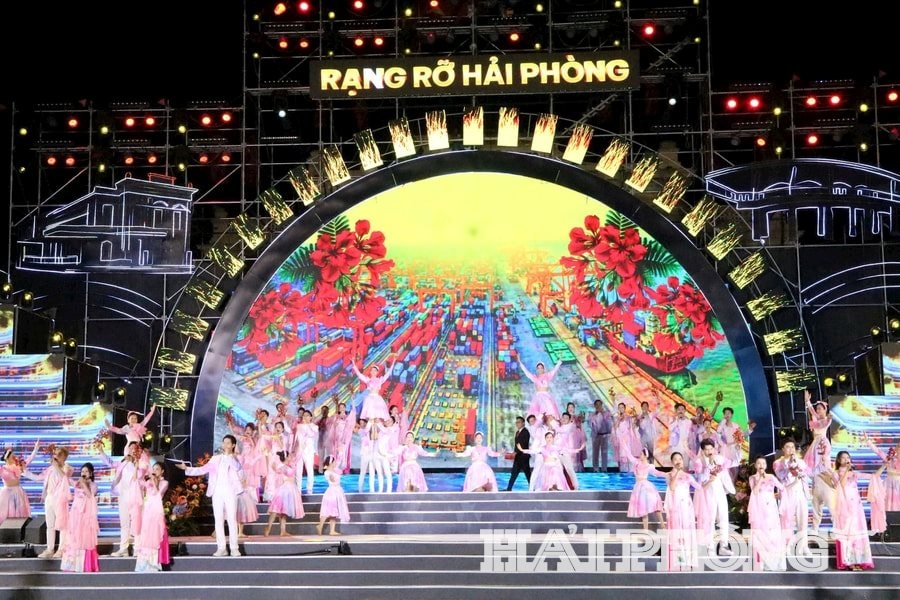
Along with the similarities, the old Hai Phong cultural sub-region has a strong maritime character. As the gateway to the sea of the North, in the historical process, especially from the end of the 19th century to the present, this land rich in Vietnamese cultural identity has always been open, exchanging, absorbing the quintessence of human culture, creating the cultural identity of coastal residents, leading the way in "Loyalty - Determination to win" in combat; dynamic, creative in construction; generous, generous, and loyal in communication, full of aspiration to conquer the sea.
This treasure of cultural heritage is our pride, and at the same time, it also sets out the requirement for preserving and promoting the value of heritage, "transforming" heritage into a resource to serve the development needs in the new era.
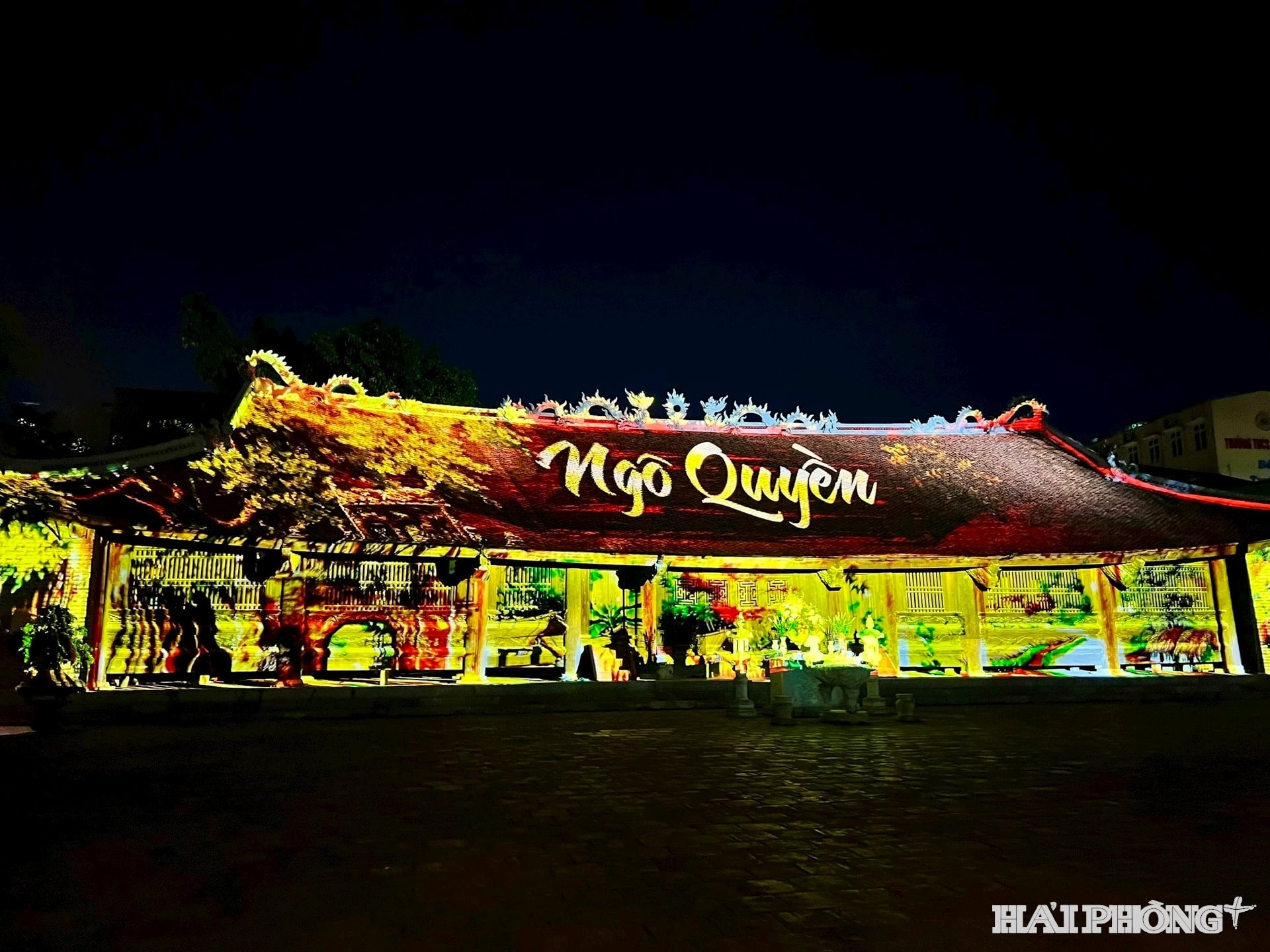
- After the merger of provincial governments and the abolition of district governments, many place names no longer appear on administrative maps. Will the cultural values of those places be lost?
- The merger of two localities creates a new look, both unifying the cultural identity of the ancient Eastern region and having diverse cultural nuances. Having undergone many changes in administrative boundaries throughout history, village and commune culture has proven its strong vitality. We have preserved the country through thousands of years of fighting against invaders thanks to preserving village culture. Therefore, preserving village culture is the key to preserving the culture of the whole country in general, and the culture of the new Hai Phong city in particular. After the merger at the provincial level, along with the abolition of the district-level government, if culture is not closely and thoroughly cared for, it will easily be lost. In order to both optimize management efficiency after streamlining and preserve the long-lasting cultural values of the locality, the Department of Culture, Sports and Tourism will advise the city on leadership and direction; At the same time, strengthen guidance for 114 communes, wards, and special zones to effectively implement goals, tasks, and solutions to preserve and promote local cultural values, creating a vivid picture rich in the identity of Eastern culture.
Some outstanding goals set out include: By 2030, the city strives to have 5-7 more relics ranked as special national relics and national relics; 25-30 more relics ranked as city-level relics; 2 artifacts and groups of artifacts proposed for recognition as national treasures; 2-3 intangible cultural heritage dossiers submitted to the Ministry of Culture, Sports and Tourism for inclusion in the list of national intangible cultural heritages; continuing to accelerate the implementation of tasks, building scientific dossiers to propose UNESCO to honor Trang Trinh Nguyen Binh Khiem, Great physician - Zen master Tue Tinh; each year, professional art units perform about 500 performance programs, develop about 20 programs and plays; 85% - 90% of villages, hamlets, and residential groups are recognized as cultural villages, hamlets, and residential groups; 96% - 98% of households are recognized as cultural families; 90% of agencies and units meet cultural life standards... In the future, the City's Department of Staff will closely coordinate with the two provinces of Quang Ninh and Bac Giang to submit to UNESCO for recognition of the Yen Tu - Vinh Nghiem - Con Son, Kiep Bac Monuments and Landscape Complex as a world heritage site.
- Entering the 9th year of implementing the Strategy for the development of cultural industries (CNVH) in Vietnam to 2020, with a vision to 2030. After the merger, what plans does the Hai Phong Department of Culture have to turn heritage into a development resource, sir?
- Immediately after the merger, Hai Phong city has taken strong steps to realize the strategy of developing Vietnam's cultural industries. We have the first cultural products, such as: "Dau linh Hang Kenh" night tour, using digital technology to "revive" the heritage of Hang Kenh communal house and traditional art forms of communal houses; the musical "Ben mo - Uoc hen Kim Giao", "telling" the legend of Ngoc Cat Ba island with a modern Broadway musical or the puppet show "Bay chim Thien Nga" with one of the best fairy tales in the world recreated with traditional art... In addition, competitions for artisans, skilled workers, and heritage tour guides are also held to awaken cultural heritage to become a resource for development. We believe that, with its long history, cultural depth, dynamism and creativity, our new Hai Phong city will create a solid spiritual foundation, a sustainable economic resource for development in the near future.
- Sincerely thank you, comrade.
After the merger, the new Hai Phong city is now preserving and promoting a huge, diverse and rich treasure of tangible cultural heritage, intangible cultural heritage, and documentary heritage with thousands of relics, including 1 world natural heritage, 9 special national relics, more than 260 national relics; 33 national treasures along with hundreds of traditional festivals, unique cultural festivals; traditional craft villages; the remains of predecessors Nguyen Trai, Chu Van An, Nguyen Binh Khiem, etc.
Source: https://baohaiphongplus.vn/bao-ton-va-phat-huy-cac-gia-tri-van-hoa-xu-dong-sau-hop-nhat-416382.html


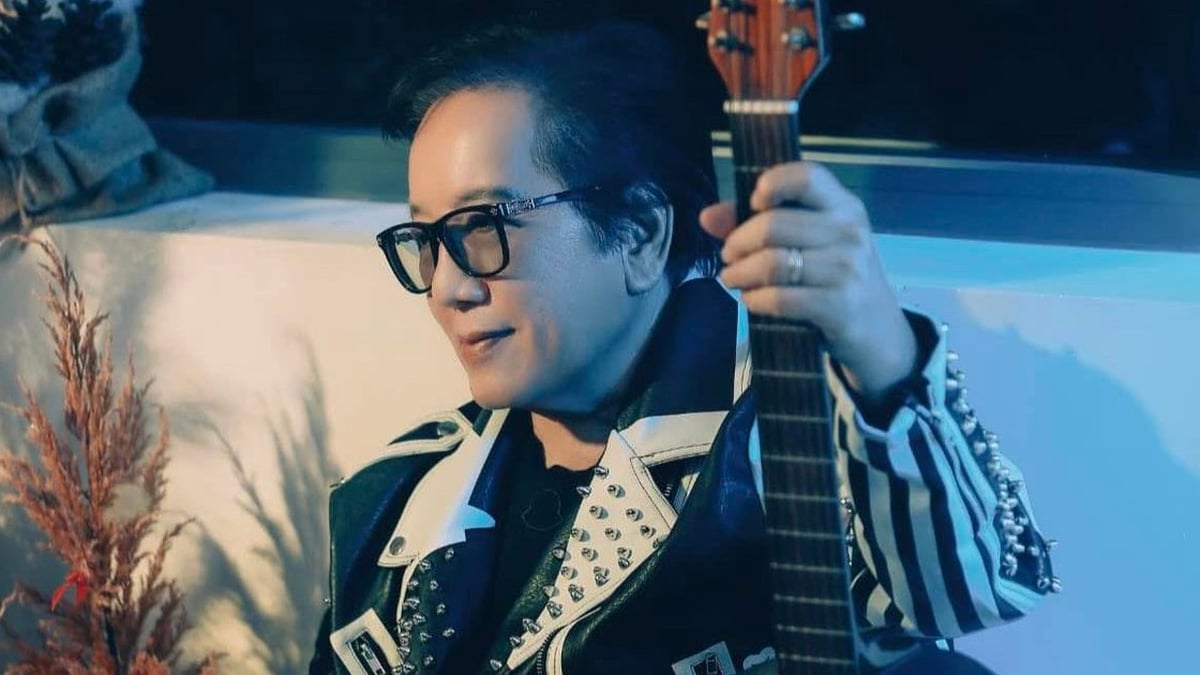
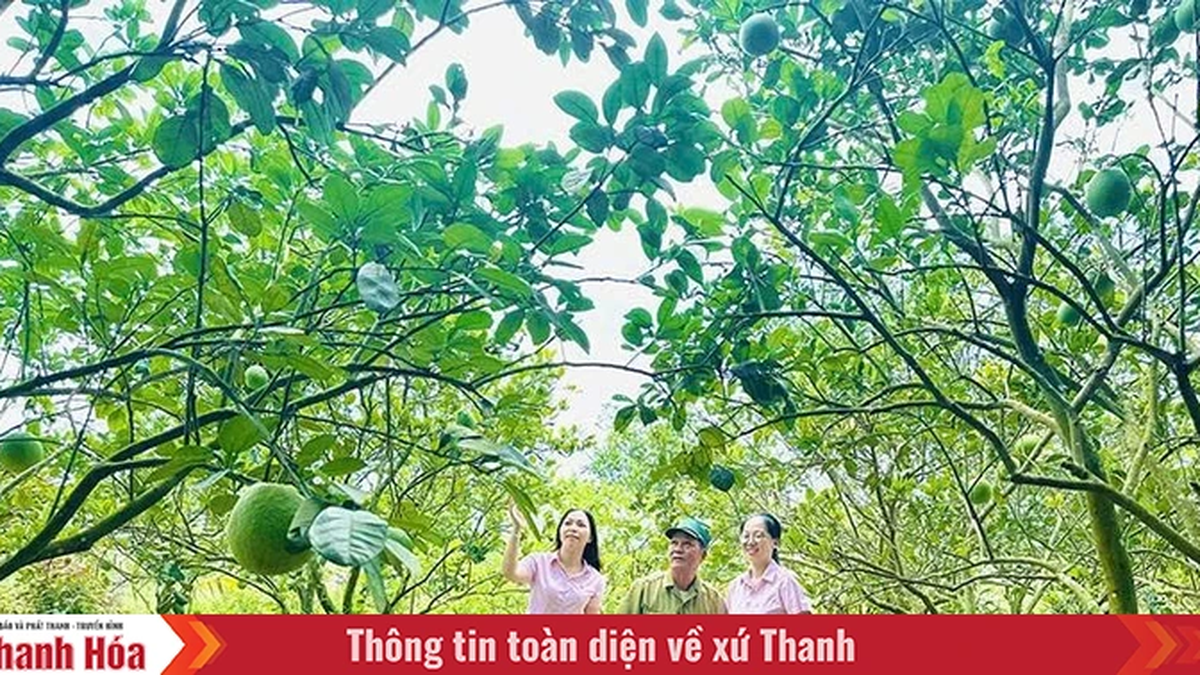




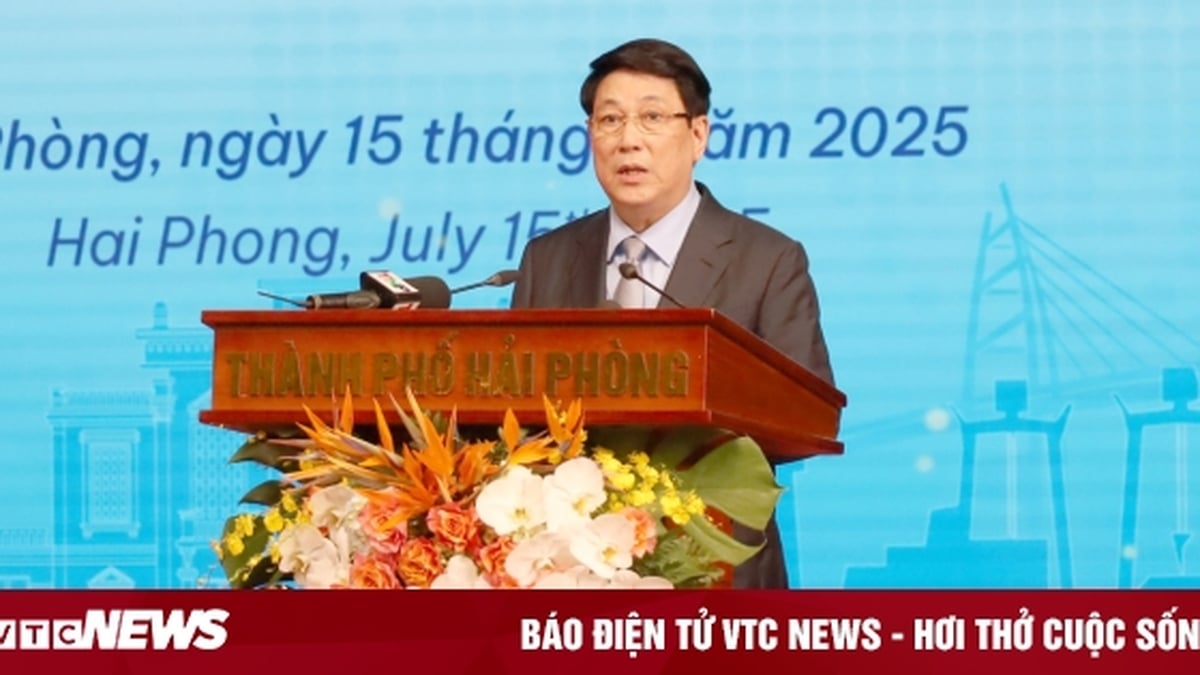
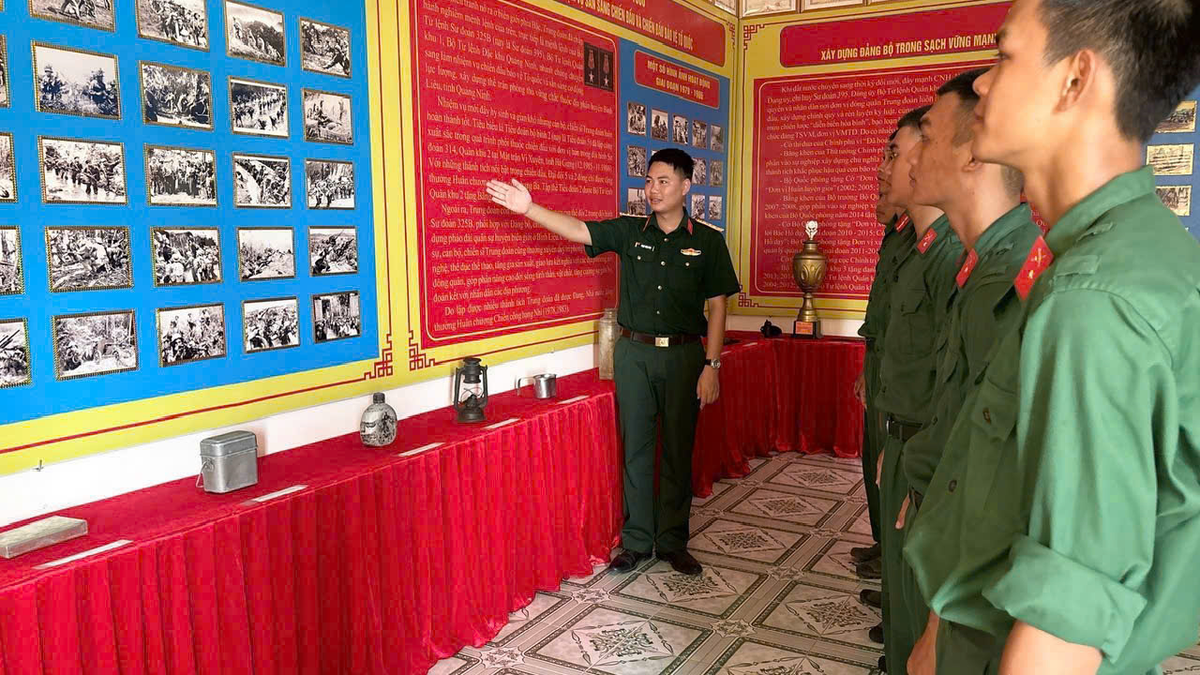
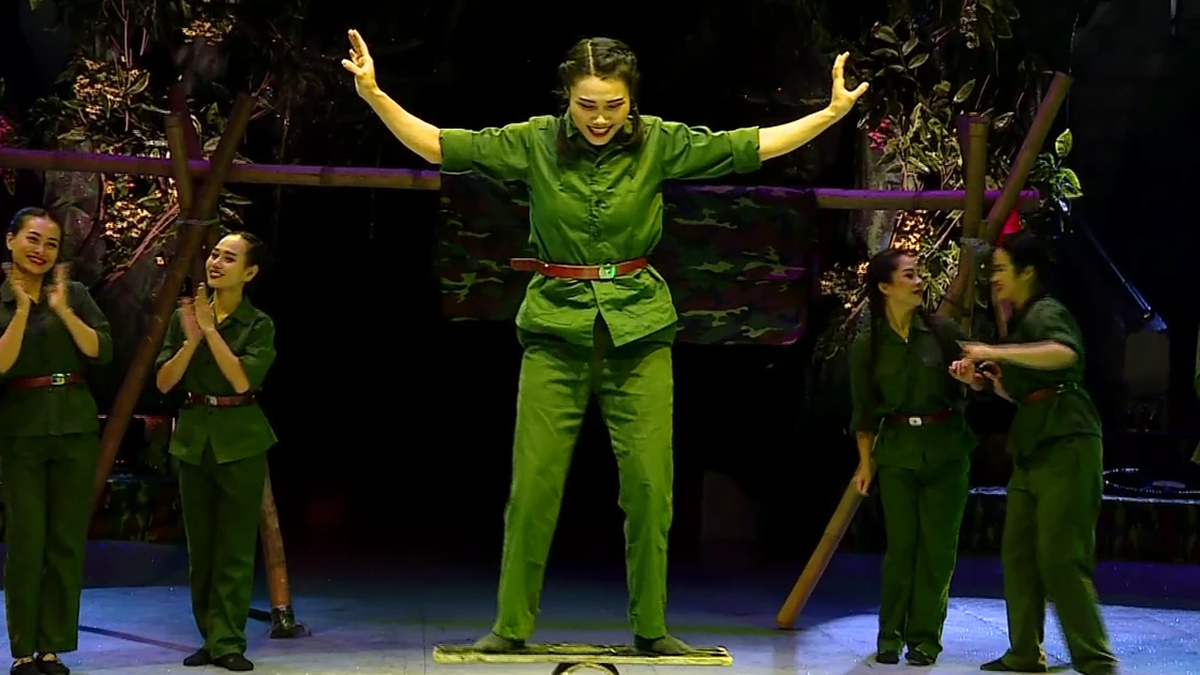






















































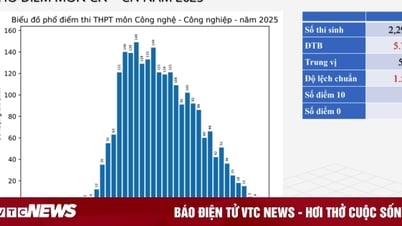







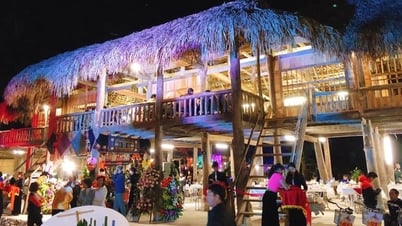

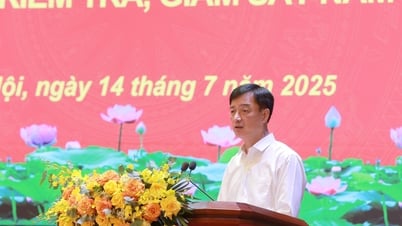

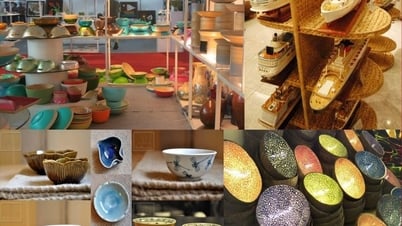





















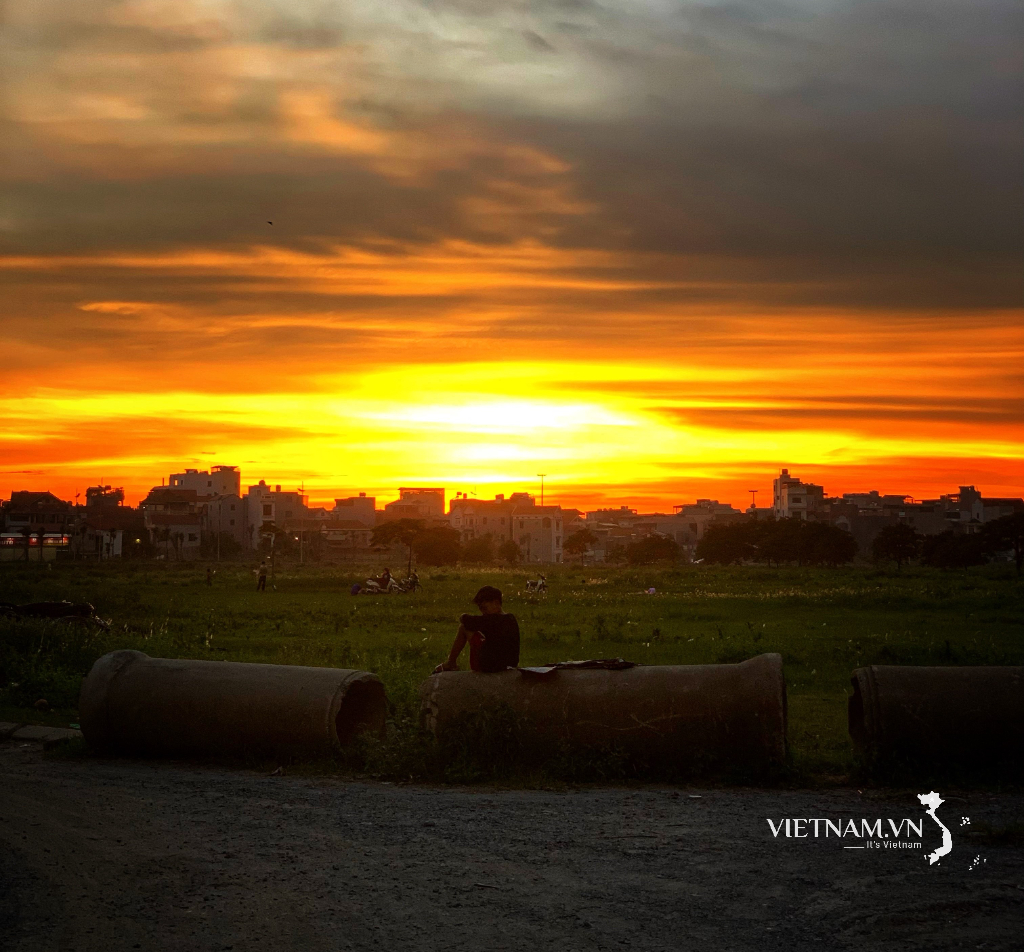
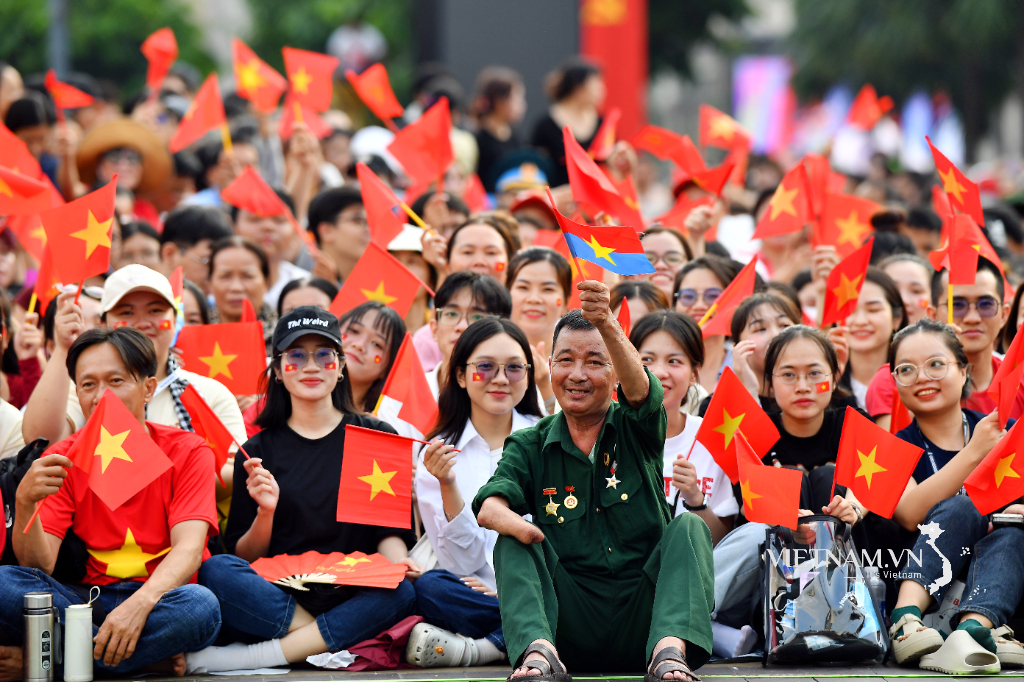


Comment (0)